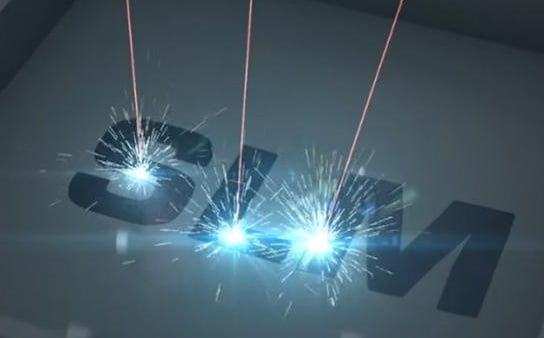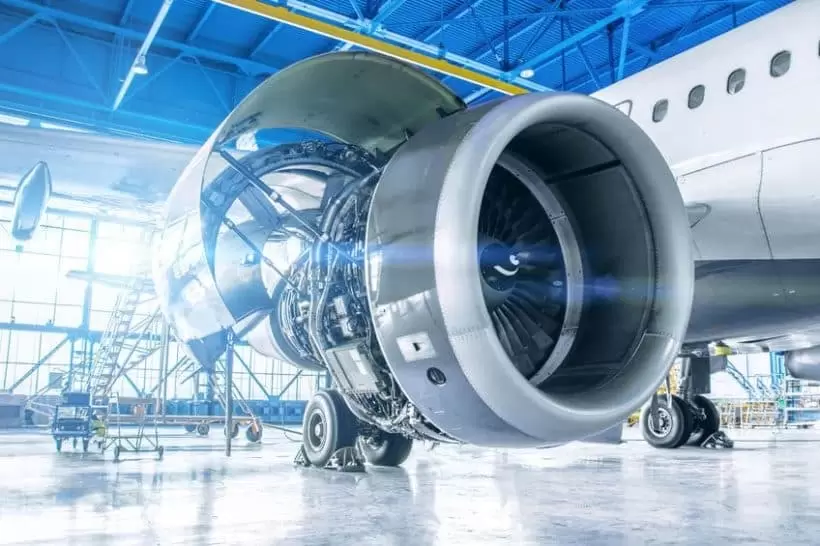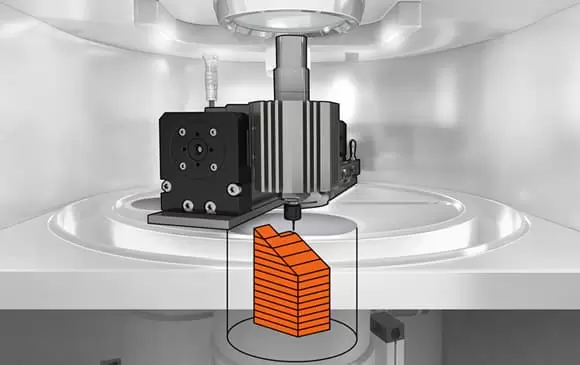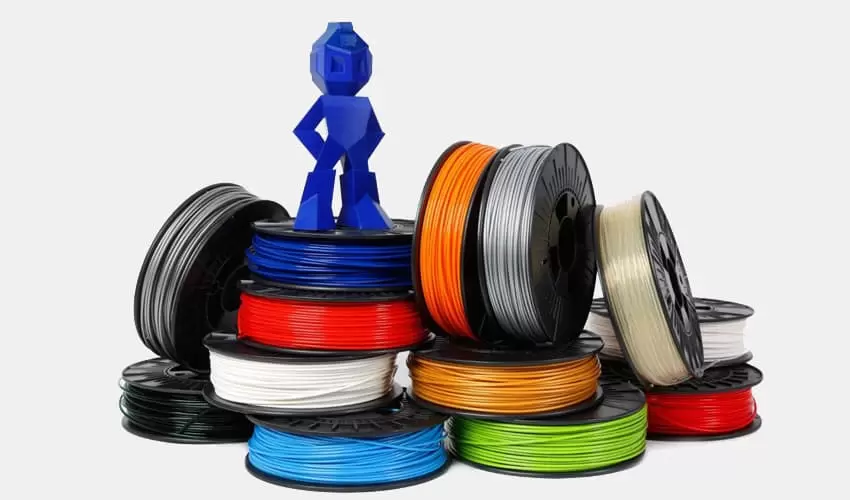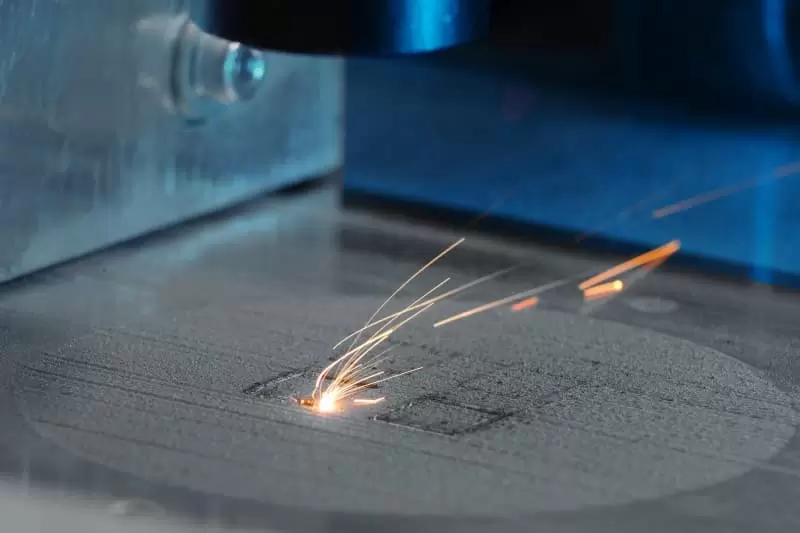Introduction
Rapid prototyping technologies have been at the forefront of transforming the manufacturing landscape, and among them, Selective Laser Melting (SLM) stands out as a groundbreaking method for 3D printing metal parts. SLM is a powder bed fusion process that utilizes a high-power laser to selectively melt and fuse metal powder layers, ultimately creating complex and fully functional components with exceptional precision and reliability. In this article, we will delve into the fascinating world of SLM technology, exploring its principles, applications, and the key factors that contribute to its authority and trust as a leading additive manufacturing technique for metal parts.
I. Understanding SLM: The Basics of Selective Laser Melting
Selective Laser Melting (SLM) is an additive manufacturing technique that operates on the principles of powder bed fusion. It involves spreading a thin layer of metal powder onto a build platform, followed by the selective application of a high-power laser to melt and fuse specific regions of the powder, according to a 3D digital model. The build platform then lowers, and a new layer of metal powder is spread, repeating the process until the entire part is fabricated layer-by-layer. This process allows for the creation of intricate and complex geometries that were previously unattainable with traditional manufacturing methods. The expertise lies in precise control of the laser power, scanning speed, and layer thickness to achieve the desired mechanical properties and surface finish.
II. The Advantages of SLM in Rapid Prototyping
SLM offers a myriad of advantages that contribute to its widespread adoption in the rapid prototyping industry. Firstly, the technology allows for the production of fully functional metal parts directly from 3D CAD models, eliminating the need for costly and time-consuming tooling. This speeds up the prototyping process significantly, reducing lead times and costs associated with traditional manufacturing methods. Secondly, SLM can work with a wide range of metals, including stainless steel, aluminum, titanium, and even high-performance alloys, providing versatility and expertise to cater to various industries' requirements. Moreover, the layer-by-layer approach ensures minimal material waste, making SLM a sustainable and eco-friendly choice in the field of additive manufacturing.
III. Complex Geometries: Pushing the Boundaries of Design
One of the key strengths of SLM lies in its ability to fabricate components with complex geometries that were previously challenging or impossible to achieve. Conventional manufacturing processes often struggle with intricate designs, but SLM can build structures with internal channels, lattices, and undercuts, unlocking new possibilities in design and engineering. Industries such as aerospace, where lightweight and highly efficient components are crucial, have embraced SLM to push the boundaries of what is possible in terms of part complexity. This capability demonstrates the authority of SLM as an innovative technology that is continuously redefining the limits of design and engineering.
IV. Material Properties and Mechanical Performance
The mechanical properties of SLM-produced parts are a result of the unique layer-by-layer construction process. The microstructure of the material is different from conventionally machined components, and the expertise lies in understanding and optimizing this microstructure to achieve the desired mechanical performance. While SLM parts exhibit exceptional strength, they may also possess anisotropic properties, meaning their mechanical behavior varies depending on the direction of loading. This necessitates thorough testing, simulation, and material expertise to ensure the final product meets the desired specifications and performance requirements.
V. Quality Control and Post-Processing Challenges
Achieving consistent and reliable results in SLM requires stringent quality control measures throughout the entire process. During the build, the laser parameters, powder distribution, and environmental conditions must be carefully monitored to ensure each layer's quality and adherence to the CAD model. Moreover, post-processing is a critical step in refining the printed parts to meet the required standards. This may involve removing support structures, heat treatment, and surface finishing. Expertise in quality control and post-processing techniques is crucial to guaranteeing the structural integrity and dimensional accuracy of the final components.
VI. Applications Across Industries
The applications of SLM technology span various industries, each benefiting from the unique capabilities it offers. In aerospace, SLM is utilized to create lightweight and intricate components, reducing overall weight and fuel consumption. The medical field leverages SLM for patient-specific implants, prosthetics, and surgical instruments, demonstrating the trust in its ability to deliver precise and biocompatible products. Automotive, oil and gas, and tooling industries are also tapping into the potential of SLM for cost-effective and custom manufacturing of parts with complex geometries and superior mechanical properties.
Conclusion
Selective Laser Melting (SLM) has emerged as a dominant force in the rapid prototyping industry, particularly in metal additive manufacturing. Its ability to create complex geometries, work with various metals, and produce fully functional parts directly from 3D CAD models showcases the authority and trust it has gained over the years. With the ongoing advancements in materials, process control, and post-processing techniques, SLM continues to shape the future of manufacturing, pushing the boundaries of design and engineering and enabling industries to achieve higher levels of efficiency, performance, and innovation. As technology evolves, the expertise and experience in SLM will play a pivotal role in driving additive manufacturing to new heights, promising a transformative impact on industries worldwide.
Frequently Asked Questions
Q1: What is Selective Laser Melting (SLM) and how does it work in metal powder 3D printing?
Selective Laser Melting (SLM) is an advanced additive manufacturing technique used in metal powder 3D printing. It involves the selective application of a high-power laser to melt and fuse metal powder layers, following a 3D digital model. The process begins by spreading a thin layer of metal powder onto a build platform. The laser then scans the designated areas of the powder, melting and fusing it together to form a solid layer. The build platform lowers, and a new layer of metal powder is spread, repeating the process until the entire component is fabricated layer-by-layer. This precise and controlled approach allows for the creation of intricate and fully functional metal parts with exceptional mechanical properties.
Q2: What are the advantages of using SLM in rapid prototyping?
SLM offers several advantages in the realm of rapid prototyping. Firstly, the technology enables the direct production of fully functional metal parts from 3D CAD models, eliminating the need for traditional tooling and reducing lead times. This accelerated prototyping process saves time and cost significantly. Secondly, SLM can work with a wide range of metals, including stainless steel, aluminum, titanium, and various high-performance alloys, making it versatile and suitable for different industries' requirements. Additionally, SLM's layer-by-layer approach ensures minimal material waste, promoting sustainability and eco-friendliness in manufacturing.
Q3: How does SLM enable the creation of complex geometries in metal parts?
One of the standout features of SLM is its ability to fabricate metal parts with complex geometries that were previously challenging or impossible to achieve using traditional methods. The layer-by-layer additive manufacturing process allows for intricate designs, internal channels, lattice structures, and undercuts to be produced seamlessly. This capability opens up new possibilities in design and engineering, especially in industries such as aerospace, where lightweight and highly efficient components are crucial. The expertise lies in optimizing the 3D model and laser parameters to achieve the desired complex geometries while ensuring structural integrity and mechanical performance.
Q4: What are the challenges associated with SLM in metal powder 3D printing?
While SLM offers numerous benefits, it does come with some challenges. One major concern is the control of material properties and mechanical performance. SLM-produced parts may have different microstructures compared to conventionally machined components, leading to anisotropic properties. This means that the mechanical behavior of the part may vary depending on the direction of loading. To address this, thorough testing, simulation, and material expertise are required to ensure the final product meets the desired specifications and performance requirements.
Moreover, quality control throughout the entire process is crucial. Monitoring the laser parameters, powder distribution, and environmental conditions during the build is essential to maintain the quality and adherence to the 3D CAD model. Post-processing is also critical for refining the printed parts and achieving the desired surface finish, which may involve removing support structures, heat treatment, and surface finishing. Expertise in quality control and post-processing techniques is crucial to guaranteeing the structural integrity and dimensional accuracy of the final components.
In conclusion, Selective Laser Melting (SLM) is a cutting-edge technology in the realm of rapid prototyping, especially in metal powder 3D printing. Its ability to produce fully functional parts with complex geometries directly from 3D CAD models showcases its authority and trust in the manufacturing industry. Despite some challenges, ongoing advancements in materials, process control, and post-processing techniques continue to drive the evolution of SLM, promising a transformative impact on various industries. With the expertise and experience in SLM, additive manufacturing is poised to revolutionize the way metal parts are designed and fabricated, paving the way for greater efficiency, innovation, and reliability in manufacturing processes.
